Have you ever felt the piercing gaze of a cat, only for them to suddenly look away just as you lock eyes? This puzzling behavior may seem aloof, but it’s actually a subtle sign of feline etiquette. Cats are mysterious creatures, and their actions often hide deeper meanings. When it comes to eye contact, what appears to be shyness or indifference might, in fact, be a mark of respect in the feline world. Let’s unravel the fascinating reasons behind why some cats avoid your gaze, and how this small gesture speaks volumes about their feelings toward you.
The Language of Cat Eyes

Cats communicate so much with their eyes, even without making a sound. Their gaze can be intense, gentle, or fleeting, each carrying a different message. In the wild, a direct stare is often a challenge or threat, something cats instinctively understand. When your pet looks away, it’s not always because they’re uninterested—it may be their way of saying, “I trust you.” Their eye language is a delicate balance between curiosity and caution, shaped by thousands of years of evolution.
Understanding Feline Social Hierarchy

In feline society, status matters. Cats use body language, including eye contact, to navigate their social world. Among themselves, direct stares can signal dominance or potential conflict. Subordinate cats often avoid eye contact with those of higher status to prevent misunderstandings or aggression. When your cat avoids your gaze, it may be a gentle acknowledgment of your role as the “top cat” in their life. This subtle respect ensures harmony in your shared home.
Eye Contact as a Sign of Trust

Avoiding direct eye contact isn’t always about fear; it can signal trust. In the wild, prey animals avoid looking directly at predators to keep the peace. When your cat looks away, it’s a sign that they feel safe around you—they don’t need to monitor your every move. It’s their silent way of saying, “I know you won’t hurt me.” This humble gesture is a compliment in the feline world, showing that they see you as a friend rather than a threat.
Respectful Distance in Cat Communication
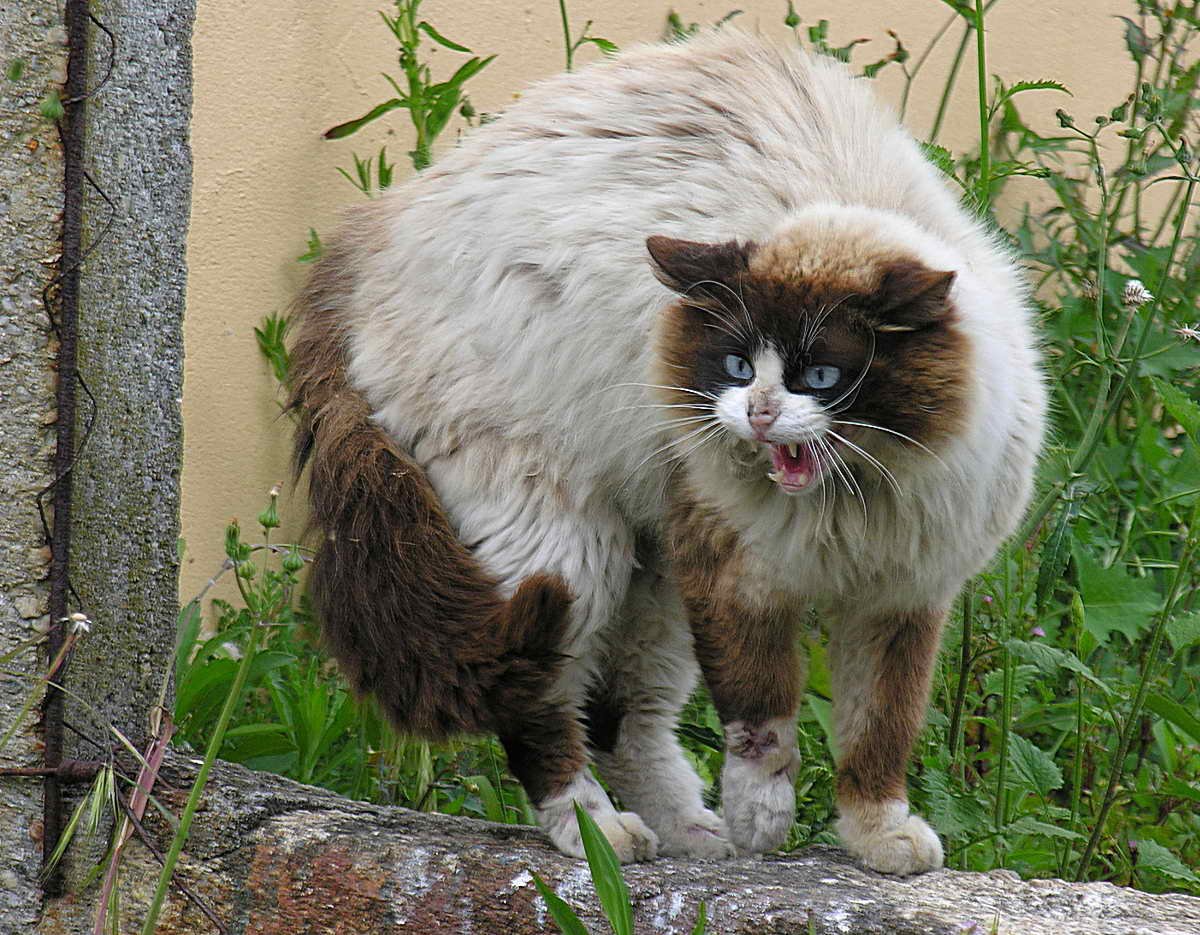
Personal space is sacred for cats. They appreciate a respectful distance, especially when it comes to their faces and eyes. When a cat avoids looking you straight in the eyes, they’re maintaining this invisible boundary. It’s much like someone not staring at you during a heartfelt conversation, out of politeness. This respectful behavior is their way of keeping interactions gentle and stress-free.
The Role of Early Socialization
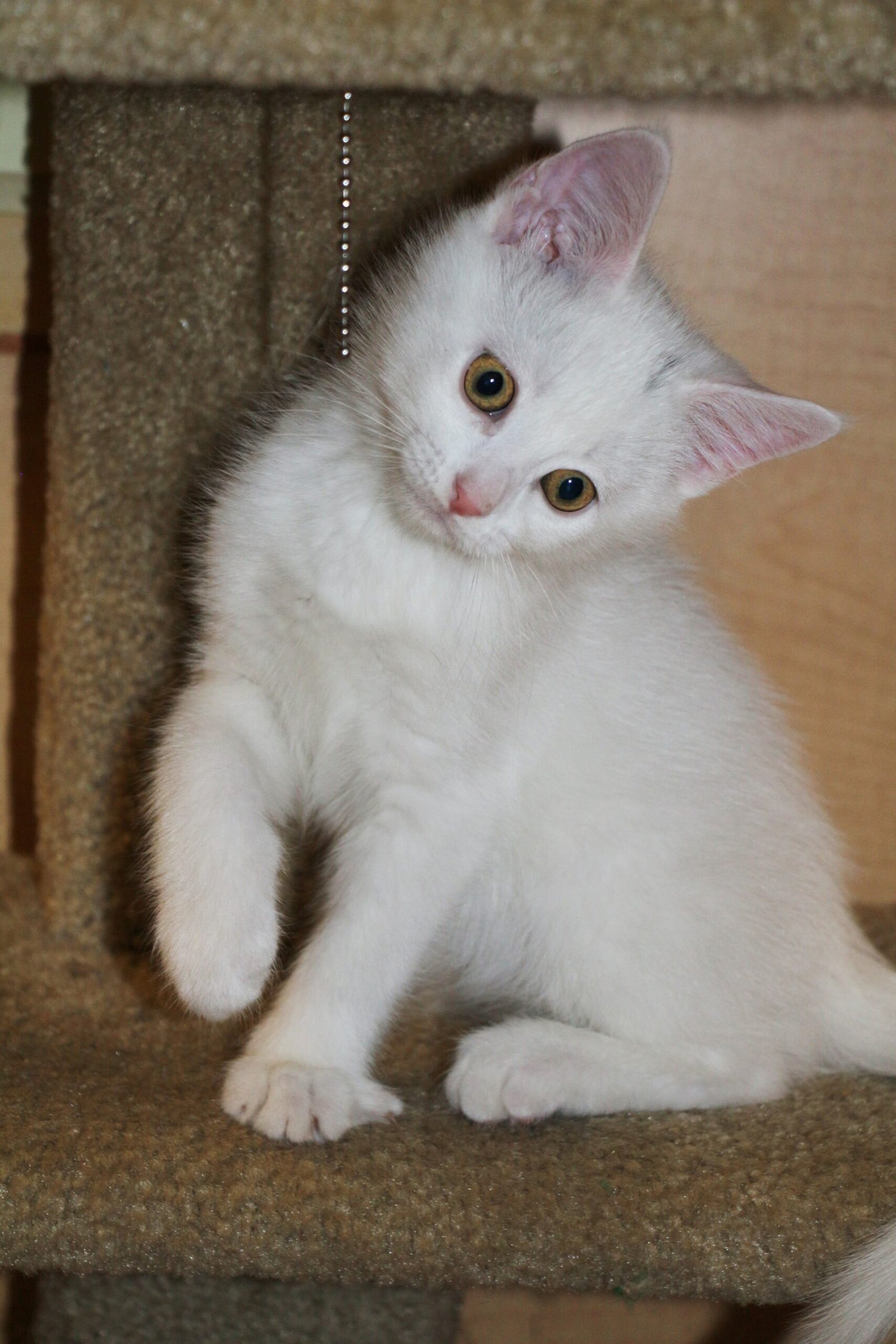
Kittens learn much about eye contact from their mothers and littermates. During these early days, staring is rare; instead, they glance and look away, reinforcing bonds without causing tension. Cats that grow up in loving, gentle environments often carry these respectful habits into adulthood. If your cat avoids your gaze, it may be a behavior learned in kittenhood, shaped by positive early experiences.
Instincts from Their Wild Ancestors
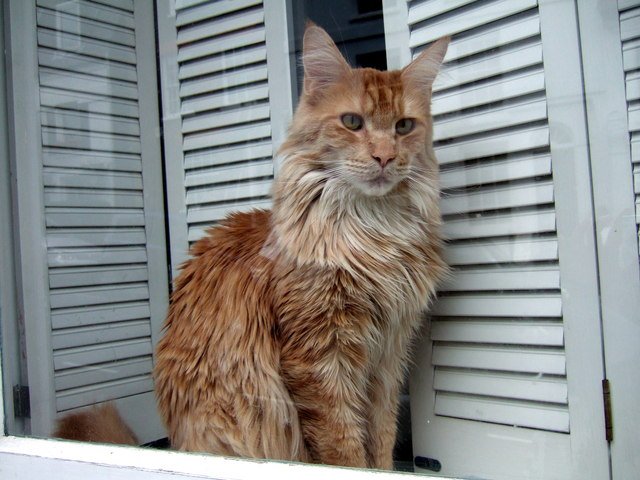
Wild cats have to be cautious to survive. A direct stare could provoke a fight or attract unwanted attention from predators. Domestic cats haven’t forgotten these instincts. Even in the safety of your living room, a cat’s avoidance of eye contact is rooted in ancient survival tactics. This connection to their wild heritage reminds us how deeply ingrained these behaviors are, even in the fluffiest house cat.
The Subtle Art of the Slow Blink
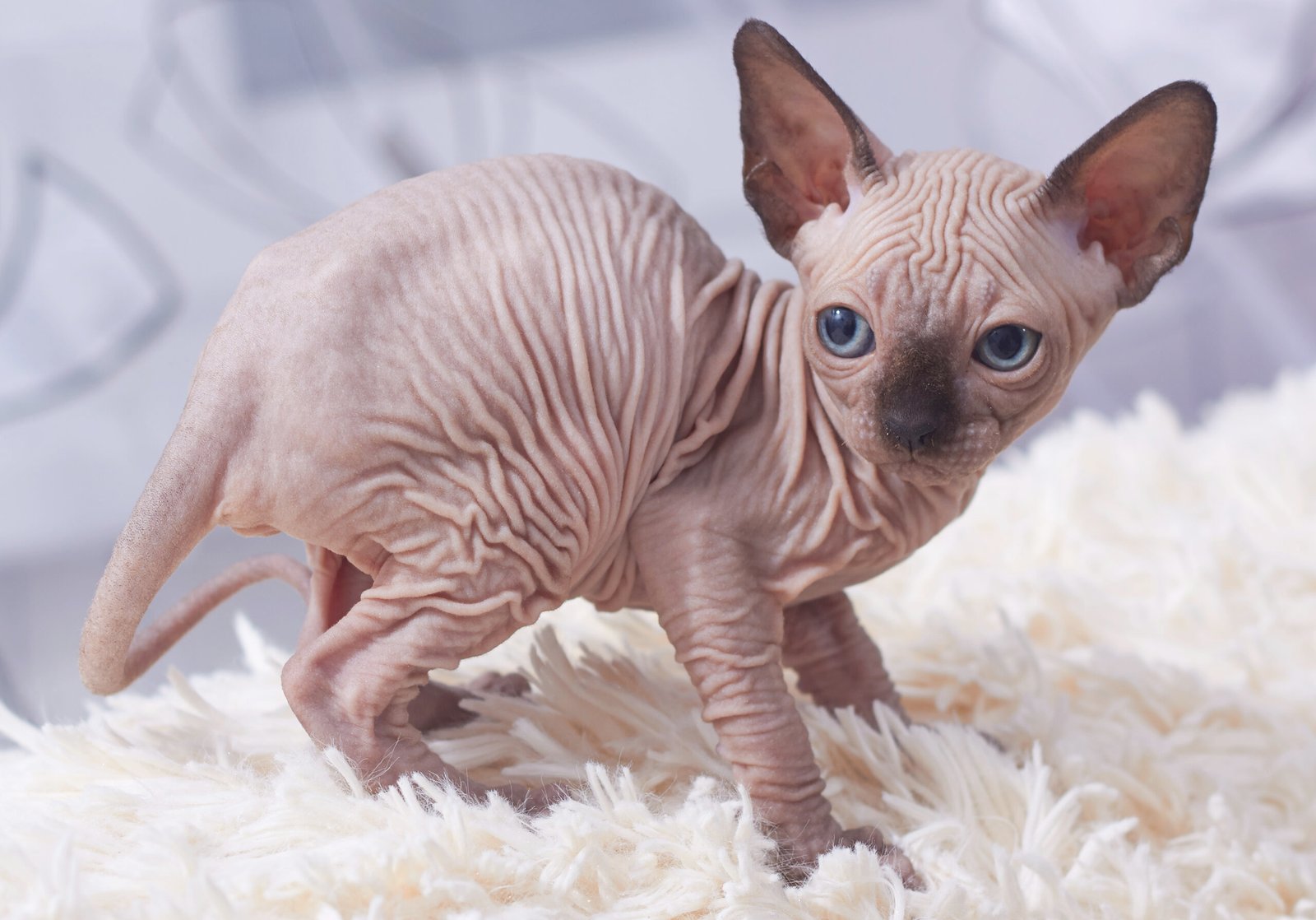
You may notice your cat giving you a slow, deliberate blink before looking away. This is often called a “cat kiss.” It’s one of the highest compliments a cat can give—a sign of love and respect. By closing their eyes in your presence, they’re showing vulnerability and trust. The slow blink is their way of saying, “I’m happy and comfortable with you,” without uttering a single meow.
Stress and Environmental Factors
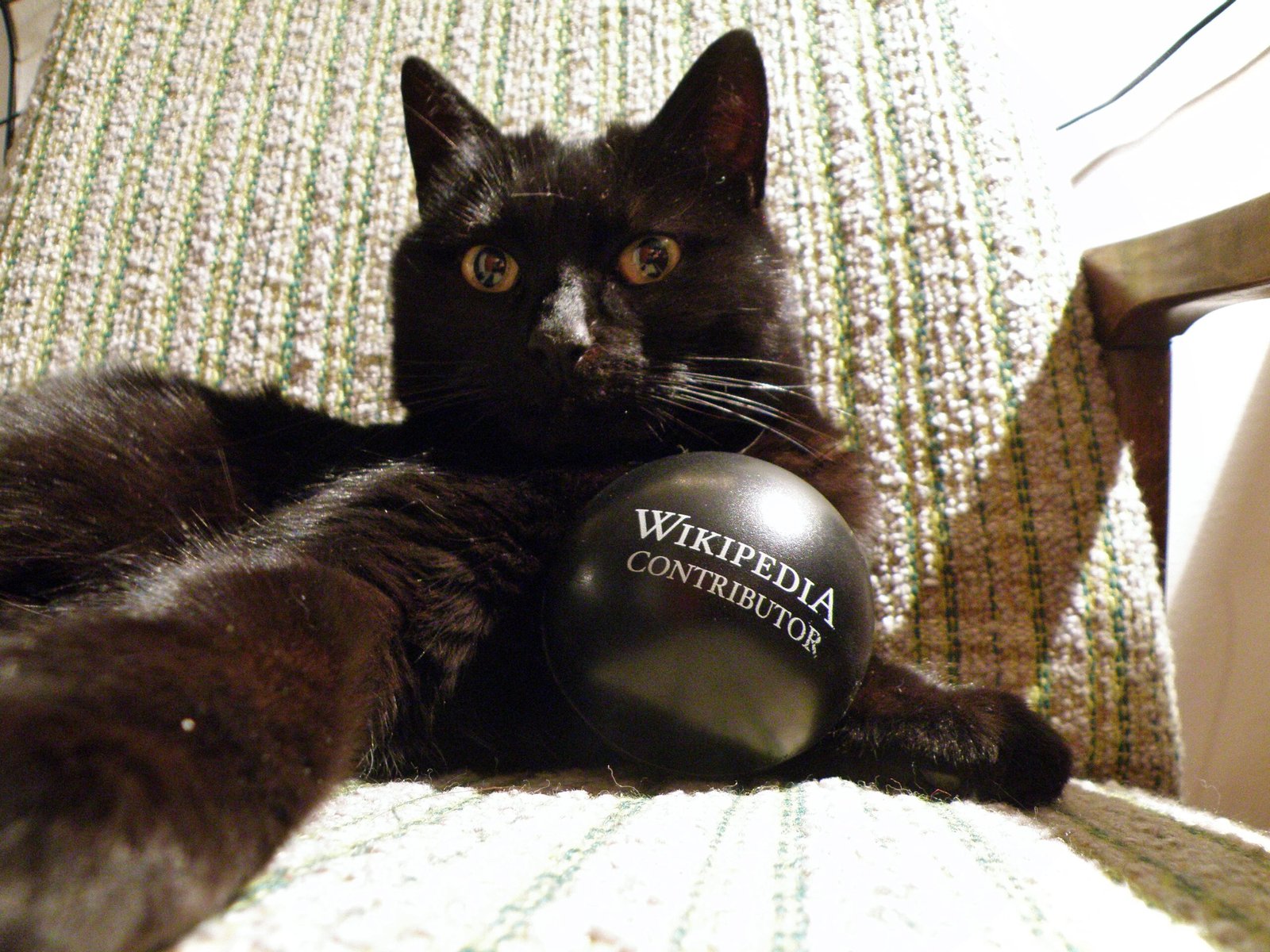
Sometimes, a cat’s avoidance of eye contact stems from stress or changes in their environment. New people, loud noises, or even a rearranged living room can make cats uneasy. In these moments, avoiding your gaze is a coping mechanism. By looking away, they’re trying to reduce their anxiety and avoid confrontation. It’s important to recognize this behavior as a sign that your cat may need extra reassurance or calm.
Individual Personality Differences
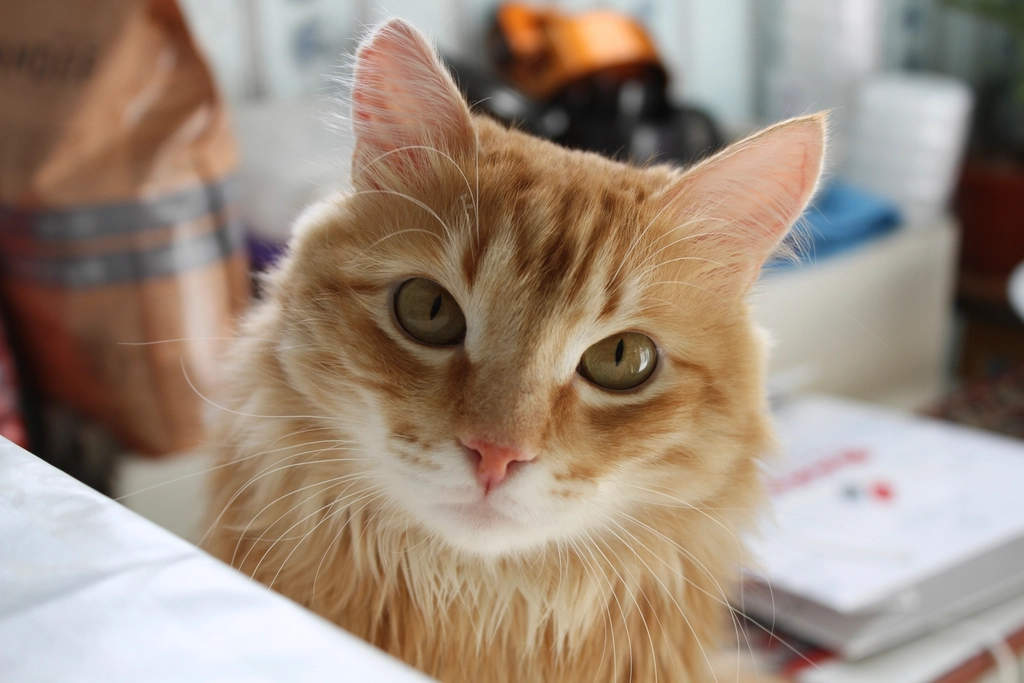
Every cat is unique, with their own quirks and preferences. Some are naturally more outgoing, while others are shy or reserved. These personality traits play a big role in how comfortable a cat is with eye contact. A bold cat might meet your eyes more often, while a timid one will look away to show respect or avoid discomfort. Understanding your cat’s personality helps you interpret their body language more accurately.
Body Language Beyond the Eyes

Eye contact is just one piece of the puzzle. Cats use their whole bodies to communicate, from the tips of their whiskers to the swish of their tails. When a cat avoids your eyes but keeps their ears forward and tail relaxed, they’re generally at ease. If their body is tense or they’re crouching low, it may signal fear or unease. Watching the entire body gives you a clearer picture of what your cat is feeling.
Cultural Differences in Human and Cat Interactions

Humans often see eye contact as a sign of honesty and connection, but cats interpret it differently. This cultural mismatch can lead to misunderstandings. What feels friendly to us might feel intimidating to a cat. Learning to respect their ways bridges the gap between our species and creates a more harmonious relationship. By adjusting our expectations, we can communicate more effectively with our feline companions.
Respect in Multi-Cat Households
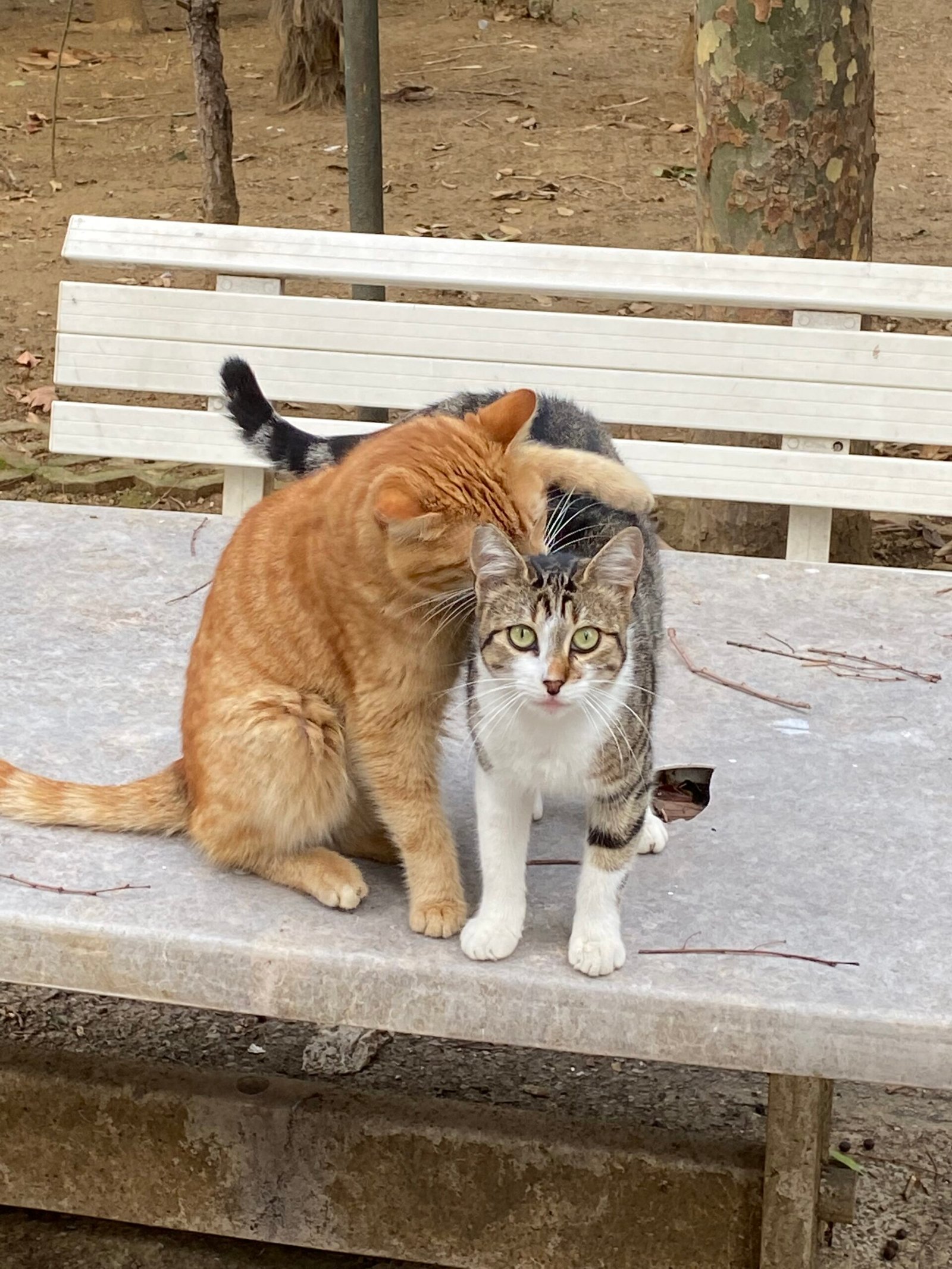
In homes with multiple cats, eye contact plays a crucial role in maintaining peace. Cats use glances, blinks, and avoidance to signal respect and avoid fights. A dominant cat may stare to assert control, while others look away to show deference. Observing these interactions can teach us a lot about feline social dynamics and the importance of non-verbal cues in their world.
How to Respond to Your Cat’s Gaze

If your cat avoids your eyes, don’t take it personally. Instead, try mimicking their behavior by blinking slowly or glancing away. This shows your cat that you understand their language and respect their boundaries. Over time, this gentle approach can strengthen your bond and make your cat feel even more comfortable around you.
Misconceptions About Cat Avoidance

Some people mistakenly believe that a cat who avoids eye contact is unfriendly or aloof. In reality, this behavior often signals the opposite. Cats aren’t being rude—they’re being polite in their own way. Recognizing this helps us appreciate their subtle communication style and prevents misunderstandings that could damage the human-cat relationship.
Signs of Fear Versus Respect

It’s important to distinguish between a cat avoiding eye contact out of respect and one doing so out of fear. A fearful cat will often have dilated pupils, a tucked tail, or flattened ears. In contrast, a respectful cat will look away calmly, sometimes paired with a slow blink or relaxed posture. Watching for these subtle differences ensures you respond appropriately to your cat’s needs.
The Influence of Past Experiences

Cats with a history of trauma or negative experiences may be more likely to avoid eye contact. This isn’t just about respect—it can be a sign of lingering anxiety or mistrust. With patience, kindness, and consistency, these cats can learn to feel safe again. Understanding their background helps you offer the right kind of support and reassurance.
Training and Socialization Tips

Building trust with your cat takes time. Start by giving them space and letting them approach you on their terms. Use treats, gentle words, and slow blinks to show that you mean no harm. Over time, your cat will become more comfortable making eye contact, but always respect their boundaries. Training should always be based on positive reinforcement and patience.
Respecting the Cat’s Point of View

It’s easy to forget that cats see the world very differently than we do. Their instincts, social cues, and ways of showing respect don’t always match our own. By putting ourselves in their paws, we can better understand why they behave the way they do. This empathy is the key to a deeper, more meaningful relationship with our feline friends.
Building a Stronger Bond Through Understanding

When we learn to interpret our cat’s signals, including their avoidance of eye contact, we become better companions. This understanding fosters trust, reduces stress, and creates a stronger bond. The more we respect their way of communicating, the more they’ll open up to us in their own gentle, mysterious way.
When to Seek Professional Advice
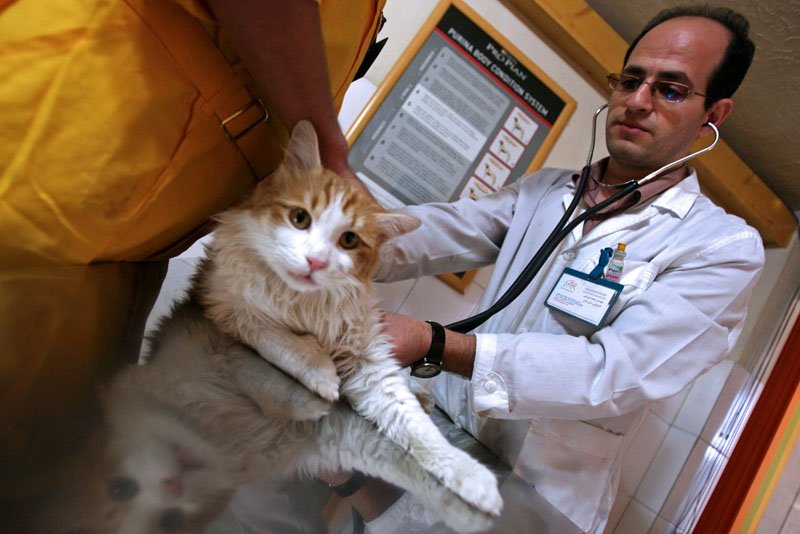
If your cat’s avoidance of eye contact is accompanied by other signs of distress—such as hiding, aggression, or changes in appetite—it may be time to consult a veterinarian or animal behaviorist. Sometimes medical issues or deep-seated anxiety can cause changes in behavior. Getting expert help ensures your cat stays healthy and happy.
Celebrating the Unique Ways Cats Show Respect
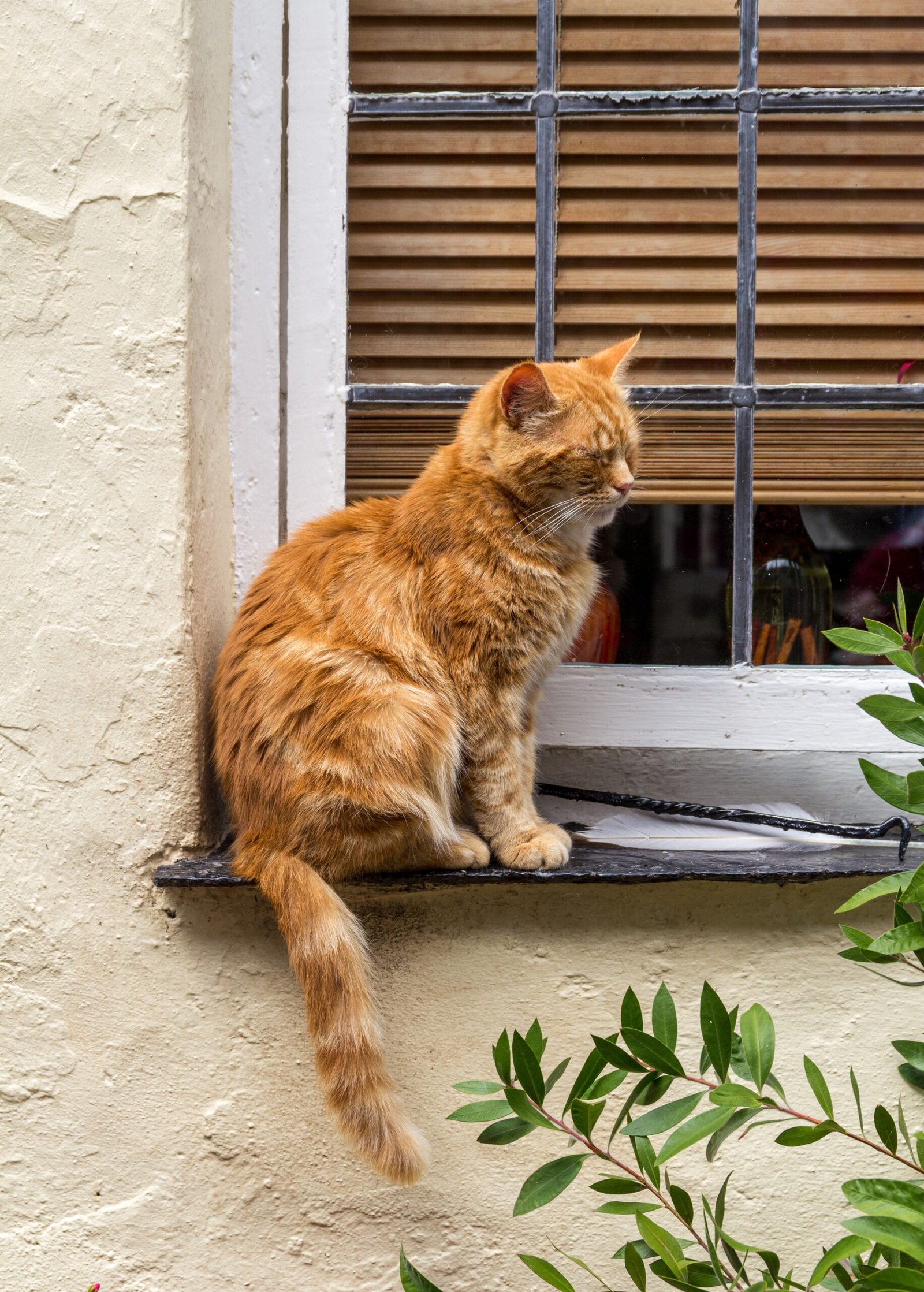
Cats have countless ways of showing respect, from averted eyes to gentle head bumps. These subtle gestures are easy to miss but mean everything in the world of feline etiquette. By cherishing these moments and learning their meanings, we become more attuned to the quiet language of our beloved pets. Isn’t it amazing how a simple glance—or the absence of one—can say so much?
Hi, I’m Bola, a passionate writer and creative strategist with a knack for crafting compelling content that educates, inspires, and connects. Over the years, I’ve honed my skills across various writing fields, including content creation, copywriting, online course development, and video scriptwriting.
When I’m not at my desk, you’ll find me exploring new ideas, reading books, or brainstorming creative ways to solve challenges. I believe that words have the power to transform, and I’m here to help you leverage that power for success.
Thanks for stopping by, Keep coming to this website to checkout new articles form me. You’d always love it!






